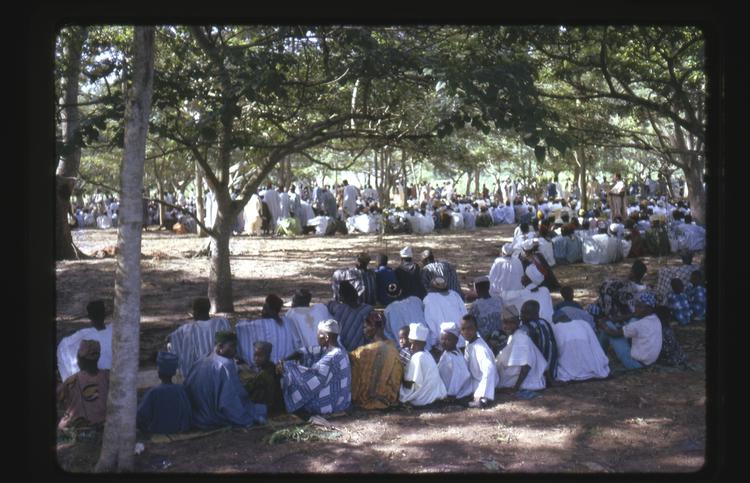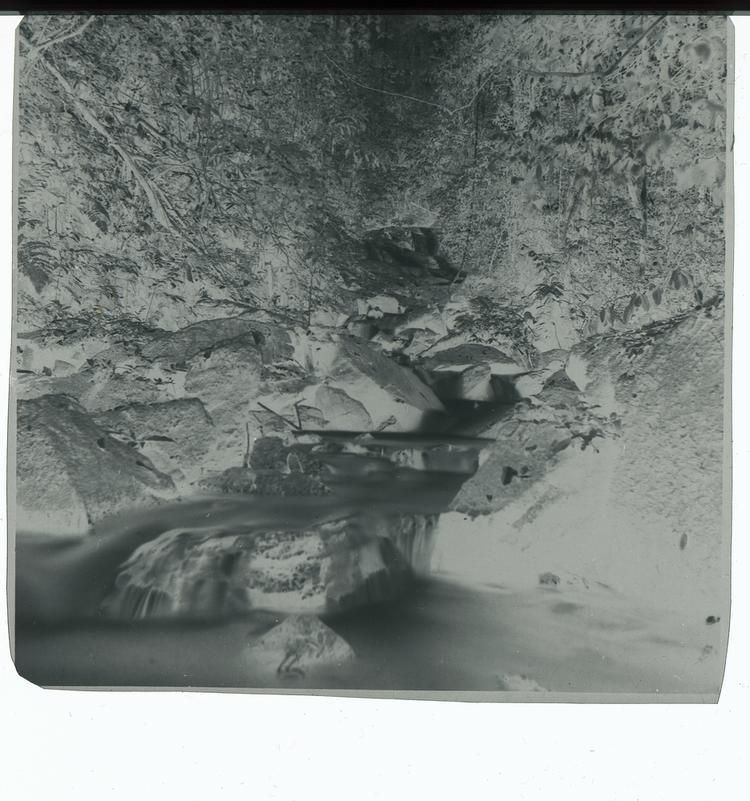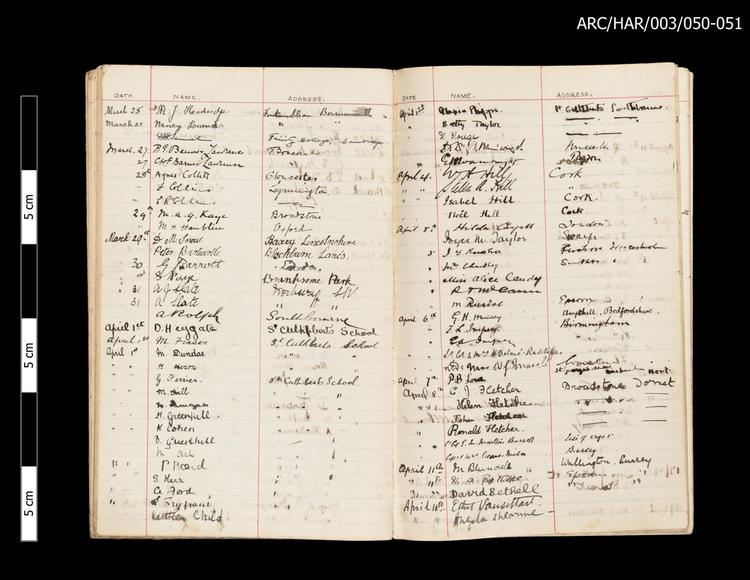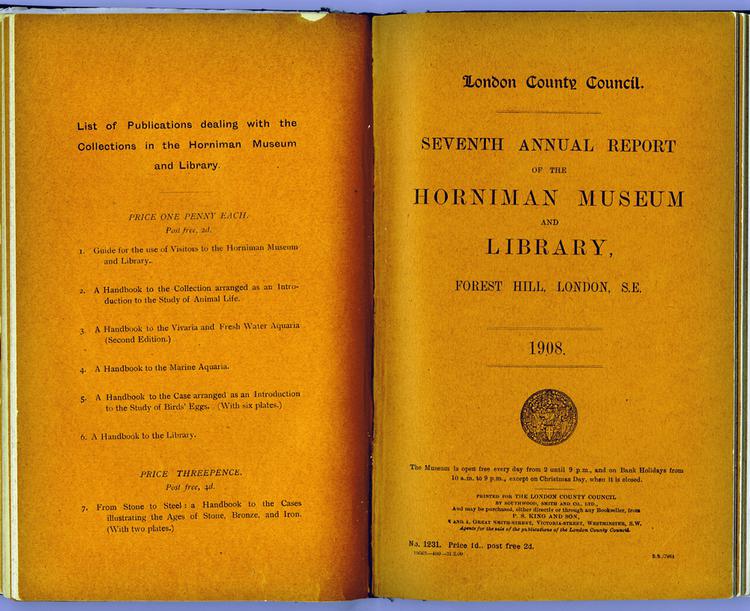
Community Commentary by Ashiyanbi, Akeem Abiodun within research project: 'Rethinking Relationships and Building Trust around African Collections' 2021
This photograph was taken at the Agodi Muslim praying ground otherwise known locally as “Yidi”. It is a common practice of the Muslim community to gather at the praying ground twice a year on the day of Salah to observe the ritual prayers to signify the end of Ramadan, eid fitri and Ileya, eid kabir. The two eid festivals observed by the Muslims are ‘Eid-ul-fitr (lesser ‘Eid) observed after the month of Ramadan and ‘Eid-ul-adha (Greater ‘Eid) observed after the day of ‘Arafah. Allah has substituted all festivals observed in Jahiliyyah (the days of ignorance) and all other newly invented festivals with these two festivals. The Sunnah is to observe the two ‘Eid Salats on a plain praying ground outdoor and not in the mosque. There is no harm however if it is observed inside a mosque if the need arises which is quite rare. This particular Eid ground in the picture captured by Nancy Stanfield is strategically located at a point where three different roads lead off to the old quarters of Beere/Oje, the newer areas of Idi Ape and the third towards the famous Loyola College. A serene environment where Muslims go to pray during salah festivals, it is the most popular eid praying ground in Oyo state. The place has always accomodated people of high social class during the Muslim festivals and the prayers observed there are attended by the creme de la creme of the Ibadan society as well as top government functionaries and top politicians starting from the state governor himself. Yidi is located at the Agodi Gate area of Ibadan. Yidis are usually located at the outskirt of the town meaning that at one point Agodi Gate was at the outskirt of the main town. The name Gate itself refers to the gateway into the old Ibadan metropolis.







Community Commentary